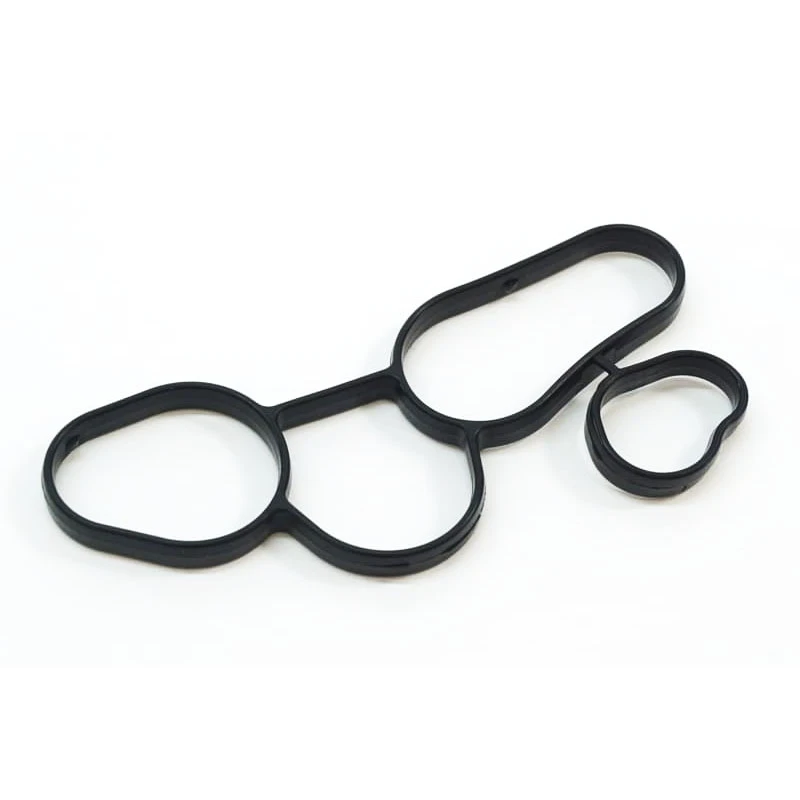front inner axle seal
Understanding the Importance of Front Inner Axle Seals
The front inner axle seal is a critical component in the drivetrain of many vehicles, particularly those with all-wheel drive or four-wheel drive systems. While often overlooked during routine maintenance checks, the condition of these seals can significantly impact vehicle performance and longevity. This article will explore the function of front inner axle seals, their typical failure causes, and the importance of regular inspection and maintenance.
What is a Front Inner Axle Seal?
The front inner axle seal is a rubber or polymer ring that sits around the axle shaft, preventing fluids from leaking out of the axle housing. It is positioned at the point where the axle shaft enters the differential, and its primary role is to ensure that differential oil remains contained. This oil serves as a lubricant for the gears within the differential, allowing for smooth operation and heat dissipation during driving.
The Role of Front Inner Axle Seals
Fluid retention is crucial in maintaining the health of the differential. When the front inner axle seal functions correctly, it keeps the lubricating oil within the axle housing, preventing contamination from dirt and debris. Moreover, it ensures that the differential gears receive adequate lubrication, reducing friction and wear.
A functional front inner axle seal is particularly important in vehicles that operate under extreme conditions, such as off-roading or towing heavy loads. These situations put additional stress on the differential, making effective lubrication vital.
Common Causes of Seal Failure
Despite their robust design, front inner axle seals can fail due to several factors. One common cause is wear and tear from normal operation. Over time, exposure to heat, lubricants, and contaminants can break down the material of the seal, leading to cracks or tears. Additionally, improper installation can result in seal misalignment, causing premature wear.
front inner axle seal

Other factors contributing to seal failure include
1. Contamination Dirt and grit can crawl into the seal area, causing the seal to wear down faster. 2. Axle Misalignment If the axle is not properly aligned, it can create undue stress on the seal, leading to failure. 3. Temperature Extremes Extremely hot or cold conditions can compromise the elasticity of the seal material, leading to cracking or hardening.
Signs of a Failing Front Inner Axle Seal
Vehicle owners should remain vigilant for signs that their front inner axle seals may be failing. Common symptoms include
- Fluid Leaks Puddles of differential fluid under the vehicle are a clear indication that the seal may need replacement. - Unusual Noises Grinding or whining noises from the differential might indicate insufficient lubrication due to fluid loss. - Vibration Feelings of vibration during acceleration can suggest issues within the axle or differential.
Importance of Regular Maintenance
Regular maintenance inspections can help identify potential issues with front inner axle seals before they become significant problems. Vehicle owners should include seal checks in their routine maintenance schedule, especially before long trips or after extensive off-road use.
In conclusion, the front inner axle seal is an unsung hero in vehicle performance, playing a vital role in ensuring the longevity and efficacy of the differential system. By understanding its function, recognizing signs of failure, and committing to regular inspections, vehicle owners can promote a smoother and safer driving experience.
-
The Ultimate Guide to Boat Propeller Bearings and Trailer Wheel Bearings
News Jul.31,2025
-
The Essential Guide to Marine Bearings and Boat Trailer Wheel Bearings
News Jul.31,2025
-
The Complete Guide to Heavy Duty Seals: Protecting Doors and Spaces Efficiently
News Jul.31,2025
-
Essential Guide to Marine Shaft Bearings and Boat Trailer Axle Bearings
News Jul.31,2025
-
Comprehensive Guide to Marine and Trailer Bearings for Safe Boating and Transport
News Jul.31,2025
-
Comprehensive Guide to Automotive Oil Seals: Protecting Your Engine and Shafts
News Jul.31,2025
-
Understanding Automotive Oil Seals: Essential Components for Engine and Shaft Protection
News Jul.30,2025
Products categories















